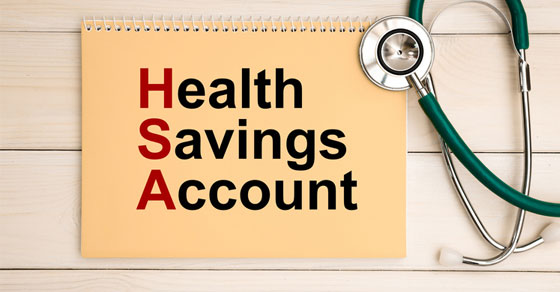Inflation enhances the 2023 amounts for Health Savings Accounts

The IRS has issued advice outlining the inflation-adjusted values for Health Savings Accounts (HSAs) until 2023. Because of the high inflation rate, next year’s sums will be higher than in previous years.
The basics of health savings accounts
An HSA is a trust founded or organized only to pay an “account beneficiary’s” “qualified medical expenses.” You can only set up an HSA to benefit “qualified individuals” enrolled in a “high deductible health plan.” A participant cannot be enrolled in Medicare or have other health insurance. Exceptions include dental, vision, long-term care, accident, and specific disease insurance.
A high-deductible health plan (HDHP) is one with an annual deductible of at least $1,000 for individual coverage and $2,000 for family coverage. Furthermore, for self-only coverage, the sum of the yearly deductible and additional annual out-of-pocket expenses required under the plan for covered benefits (but not premiums) cannot exceed $5,000 or $10,000 for family coverage.
Individual contributions to an HSA are eligible for an above-the-line tax deduction up to a specific dollar amount limit. After that, the yearly contribution limit, the annual deductible, and the out-of-pocket payments increase for inflation each year.
Inflation adjustments for next year
The IRS published the following inflation-adjusted HSA contribution figures for 2023 in Revenue Procedure 2022-24:
Annual contribution limitation.The yearly contribution maximum for a person with self-only coverage under an HDHP in 2023 will be $3,850. The amount will be $7,750 for an individual with family coverage. That is up from $3,650 and $7,300 for 2022, respectively.
In addition, people who are 55 or older at the end of the tax year will be eligible for a $1,000 catch-up contribution in both 2022 and 2023.
High deductible health plan defined.An HDHP for the calendar year 2023 will be a health plan with an annual deductible of at least $1,500 for self-only coverage or $3,000 for family coverage (these values will be $1,400 and $2,800 in 2022). In addition, yearly out-of-pocket expenses (deductibles, co-payments, and other amounts, but not premiums) limits include $7,500 for self-only coverage and $15,000 for family coverage (up from $7,050 and $14,100 in 2022).
Reap the rewards
HSAs provide several advantages. You must deduct the taxes before you make contributions to the accounts. As a result, the money can grow tax-free year after year. It can also pay for medical expenses such as doctor visits, medicine, chiropractic care, and long-term care insurance premiums. Furthermore, an HSA is “portable.” It follows an account holder even if they move jobs or leave the workforce. Contact our RRBB accountants and advisors if you have any questions about HSAs at your company.
© 2022
RRBB eNEWSLETTER
Get free tax planning and financial advice




